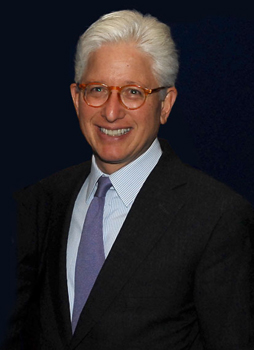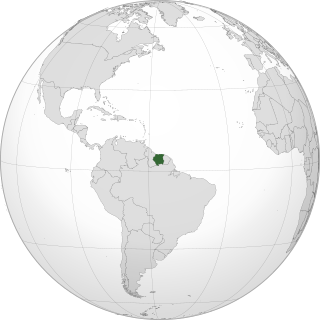
Synagogue architecture often follows styles in vogue at the place and time of construction. There is no set blueprint for synagogues and the architectural shapes and interior designs of synagogues vary greatly. According to tradition, the Shekhinah or divine presence can be found wherever there is a minyan, a quorum, of ten. A synagogue always contains an Torah ark where the Torah scrolls are kept, called the aron qodesh by Ashkenazi Jews and the hekhal by Sephardic Jews.

Jodensavanne was a Jewish plantation community in Suriname, South America, and was for a time the centre of Jewish life in the colony. It was established in the 1600s by Sephardi Jews and became more developed and wealthy after a group of Jews fleeing persecution in Brazil settled there in the 1660s. It was located in what is now Para District, about 50 km (31 mi) south of the capital Paramaribo, on the Suriname River. Sugarcane plantations were established by forcing Black African people to work as slaves. At its height in around 1700, Jodensavanne was home to roughly 500 plantation owners and 9000 enslaved people. The colony faced regular attacks from Indigenous people, slave revolts, and even raids from the French navy. The community eventually relocated to the capital of Paramaribo. Clearing of grave sites and maintenance of the synagogue ruins has been attempted at various times from the 1940s to the 21st century.

Moorish Revival or Neo-Moorish is one of the exotic revival architectural styles that were adopted by architects of Europe and the Americas in the wake of Romanticist Orientalism. It reached the height of its popularity after the mid-19th century, part of a widening vocabulary of articulated decorative ornament drawn from historical sources beyond familiar classical and Gothic modes. Neo-Moorish architecture drew on elements from classic Moorish architecture and, as a result, from the wider Islamic architecture.

Congregation Shaare Zedek is a non-denominational synagogue located on West 93rd Street in Manhattan, New York City, New York, United States.

The Mikvé Israel-Emanuel Synagogue, is a Reconstructionist Jewish congregation and synagogue, located at Hanchi di Snoa 29, Punda, in the city of Willemstad, Curaçao. The congregation was established in 1651 and the synagogue was completed in 1732, making it the oldest surviving synagogue in the Americas.

Nachlaot is a cluster of 23 courtyard neighborhoods in central Jerusalem surrounding the Mahane Yehuda Market. It is known for its narrow, winding lanes, old-style housing, hidden courtyards and many small synagogues.

Percival Goodman was an American urban theorist and architect who designed more than 50 synagogues between 1948 and 1983. He has been called the "leading theorist" of modern synagogue design, and "the most prolific architect in Jewish history."

The Neveh Shalom Synagogue is the only synagogue of the Ashkenazi community in Suriname.

Historic synagogues include synagogues that date back to ancient times and synagogues that represent the earliest Jewish presence in cities around the world. Some synagogues were destroyed and rebuilt several times on the same site. Others were converted into churches and mosques or used for other purposes.
Beth Shalom Rodfe Zedek, is a Reform Jewish congregation and synagogue, located at 55 East Kings Highway, in Chester, Connecticut, in the United States. The congregation is noted for the architecture of its "spectacular" building.

James Stewart Snyder is an American art historian and museum director. He is director emeritus of the Israel Museum in Jerusalem and a senior fellow at the Middle East Initiative at the Harvard Kennedy School. He is executive chairman of the Jerusalem Foundation. In 2023, Snyder was named head of the Jewish Museum in New York.

The history of the Jews in Suriname starts in 1639, as the English government allowed Spanish and Portuguese Jews from the Netherlands, Portugal and Italy to settle the region, coming to the old capital Torarica.
Darhe Jesarim was a Black Jewish synagogue formed in Suriname. It is the earliest known synagogue in the African diaspora. The synagogue was later disbanded and Black and mixed-race Jews were integrated back into Suriname's predominantly white synagogues as second-class members.













